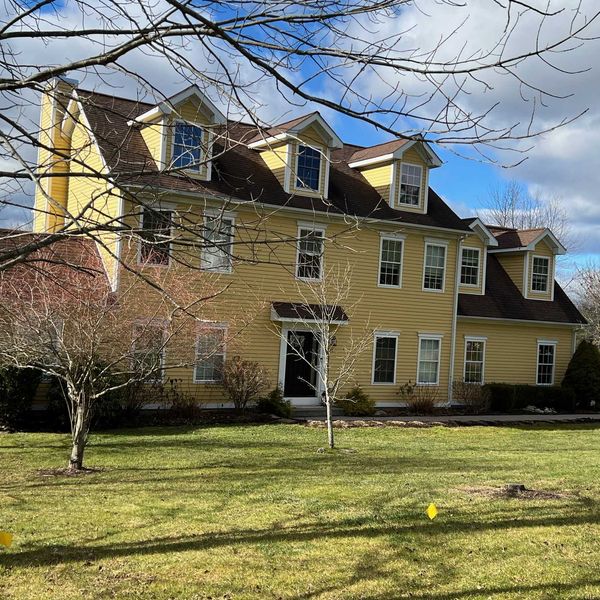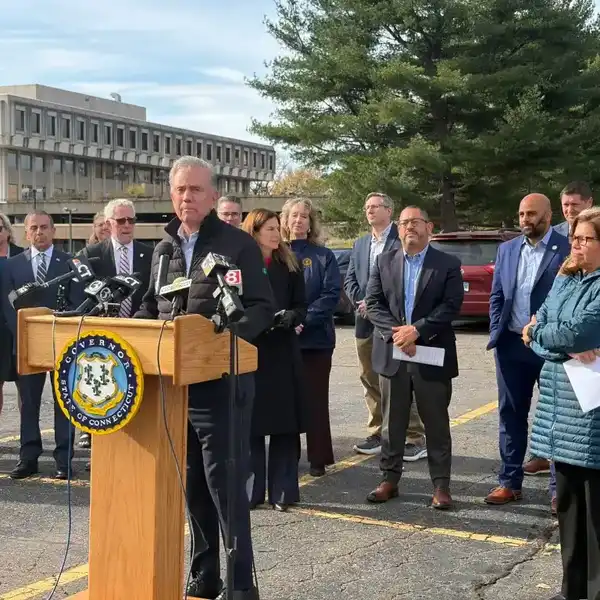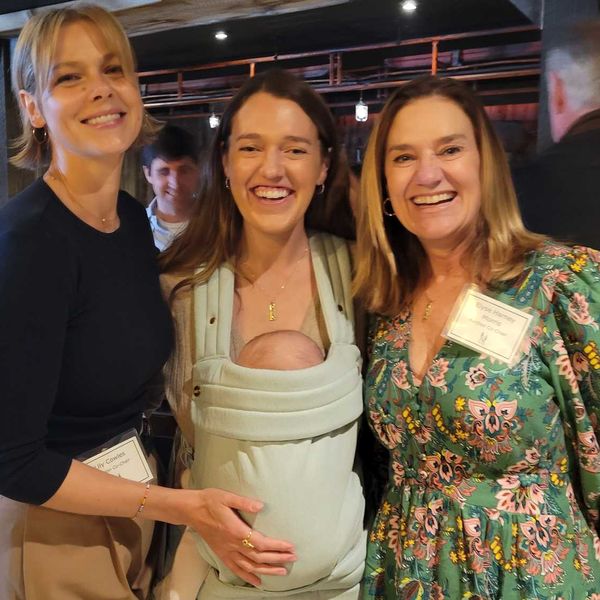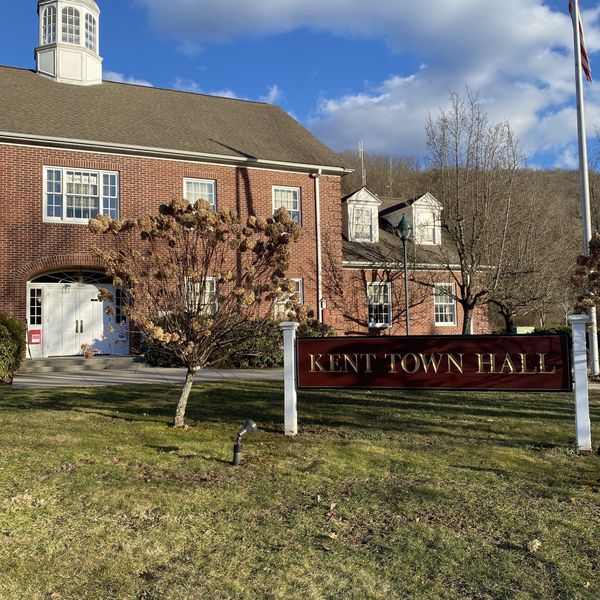A giant is now gone: Ed Kirby

Ed Kirby, a respected and beloved community member, died Feb. 1. He received many honors throughout his life, including in 2015 (photo above) a bur oak dedicated to him at Housatonic Valley Regional High School.
Photo by Janet Manko







 Cover of “Les Flashs d’Anne”Jennifer Almquist
Cover of “Les Flashs d’Anne”Jennifer Almquist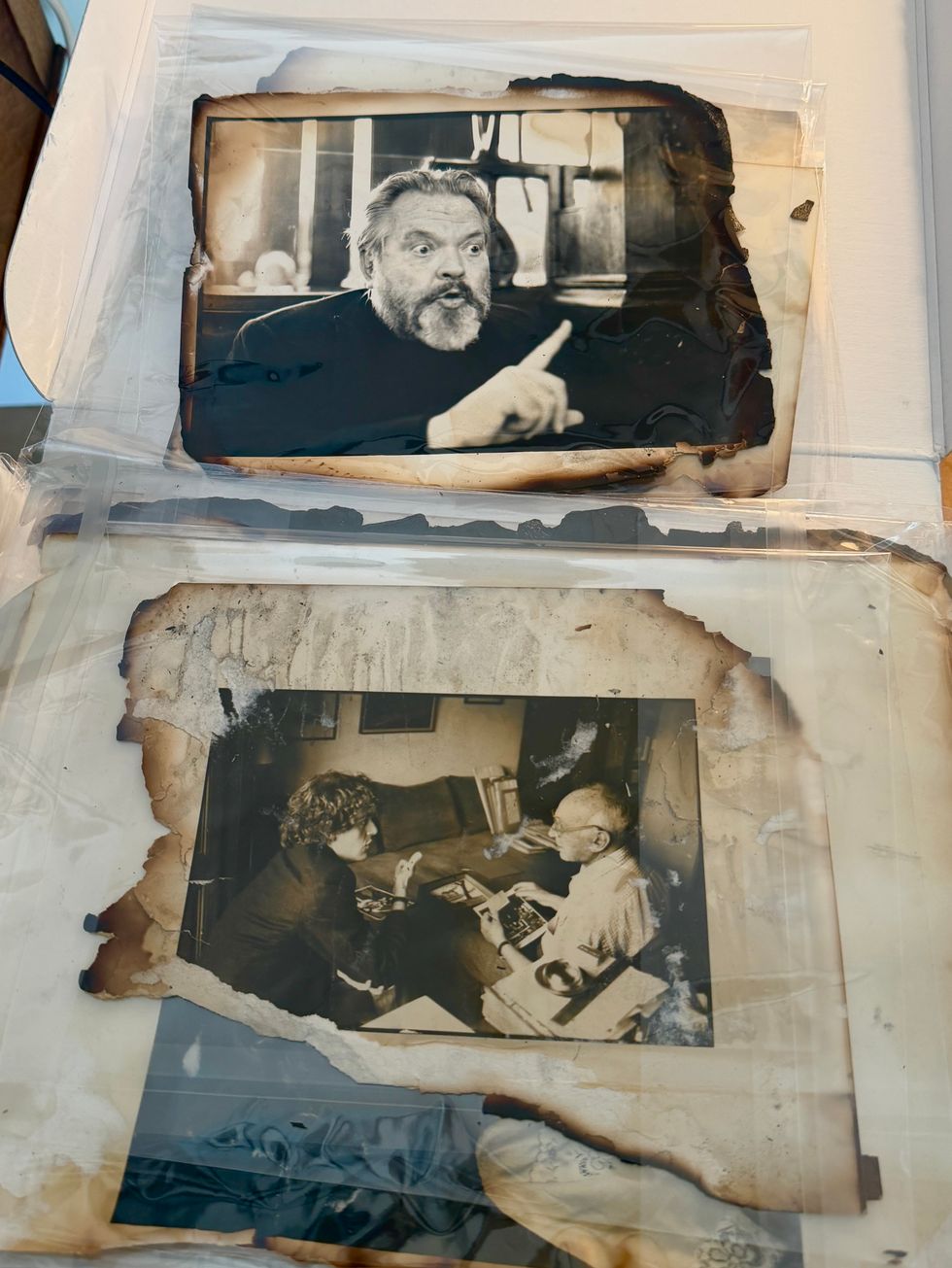 Orson Welles, top, and Hervé Guibert and André Kertész by Anne DayJennifer Almquist
Orson Welles, top, and Hervé Guibert and André Kertész by Anne DayJennifer Almquist Self-portrait, New York City, 1981by Anne DayJennifer Almquist
Self-portrait, New York City, 1981by Anne DayJennifer Almquist

